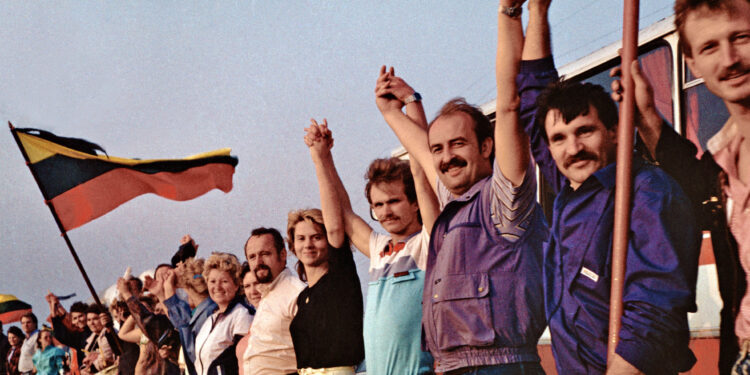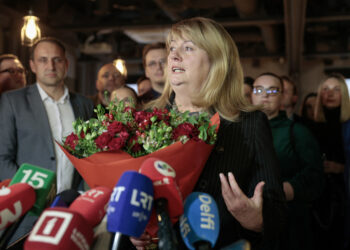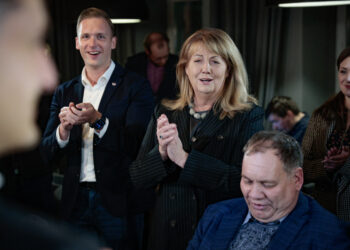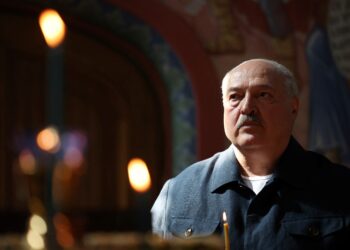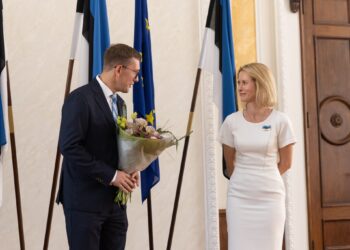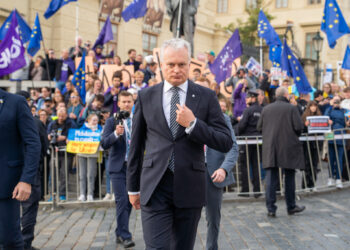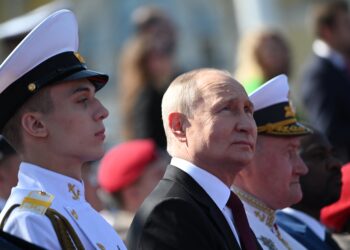Brussels – Today, the Baltic republics commemorate the historic day 35 years ago when their citizens joined in a human chain across the borders of the three states, linking their capitals, to claim independence from the Soviet Union.
It was August 23, 1989, a watershed year in the history of the Old Continent. What became known as the “Baltic Way” was a peaceful demonstration of powerful symbolic significance, attended by some two million people from Estonia, Latvia, and Lithuania, equal to about a quarter of the total population of the three states. Starting at Toompea Castle in Tallinn, passing through Riga and ending at Gediminas Tower in Vilnius, the non-Russian residents of the area (about one million Estonians, 700,000 Lithuanians and 500,000 Latvians) held hands, forming a chain about 670 kilometres long.
The chain held together, in its entirety, for about a quarter of an hour at 7 p.m. Not a very long time, but enough to send a crucial message, first and foremost to Moscow: the Baltic republics—annexed by the USSR after World War II as stipulated in the clauses of the non-aggression pact between Moscow and Berlin (the infamous Molotov-Ribbentrop pact, then foreign ministers of the Stalinist empire and the Nazi Third Reich) signed precisely fifty years earlier, on August 23, 1939—wanted independence and their citizens were willing to literally put their bodies on the line to get it.
But also to the world, and in particular to other Central and Eastern European countries: to show that, in one of the tightest passages of the Cold War, it was possible to challenge Soviet despotism openly. In the late 1980s, the communist bloc, although weakened by the reforms of the new PCUS secretary Mikhail Gorbachev (known as perestroika), still seemed solid. The Baltic Way was one of the sparks of the unstoppable crisis that, three months later, led to the unexpected “fall” of the Berlin Wall, Die Mauer (for 28 years, the most tangible symbol of the division of Europe between East and West), and later to the dissolution of the Soviet empire.
The long column of citizens from the three Baltic countries represented probably the most emblematic moment in that series of events known globally as the “Singing Revolution”: a phase between 1987 and 1991 when Estonians, Latvians, and Lithuanians began to sing traditional folk songs and, more importantly, their national anthems (all banned by the communist regime) as a peaceful form of political protest, in support of organized pro-democracy and pro-independence movements. The initiators of the Baltic Way were the main Baltic opposition forces: the Estonian Rahvarinne, the Latvian Tautas fronte and the Lithuanian Sajudis, who had organized the protest the previous August 12. As they chanted, dressed in traditional costumes, the protesters waved the flags adopted by their countries before the Soviet occupation while the bells of towns and villages rang festively.
The next day, August 24, the first non-Communist government democratically elected by Poles was established in Warsaw, led by Tadeusz Mazowiecki, an activist of
Solidarnosc, the Christian party that had overwhelmingly won the first free elections in the Communist bloc in June of that year. Between March and May 1990, Vilnius, Tallinn, and Riga declared their independence from the USSR, which Moscow formally recognized in September of the following year. By that time, the Soviet Union was dissolving.
